I was in Florence for a few days, a stopover of sorts before I traveled on to Umbria. I was staying at the Hotel Hermes, hosted by Patricia Baglioni, the wonderful woman who owns the small hotel. She steered me toward her favorite places in the city, restaurants and otherwise, and told me some fine stories about her childhood in Texas and Mexico and coming to Italy to study and falling in love with an Italian man whose family owned hotels. He sadly died a while ago, too young, but not before they had a marriage full of adventure and travel and great meals. (Her husband was a hunter, and she showed me some photographs of him with wild boar and pheasant and deer, all of which ended up on their family table.)
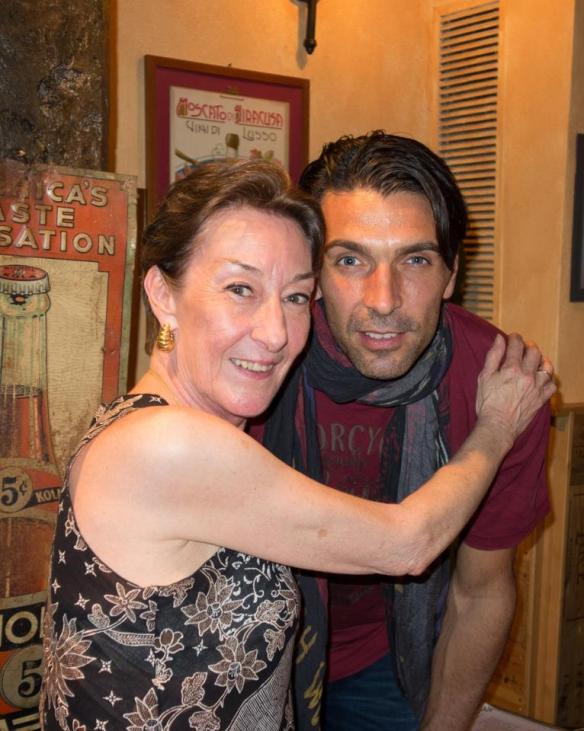
Patricia Baglioni, the consummate hostess of Hotel Hermes, and a guest. (Photo courtesy of Patricia Baglioni)
It was in the middle of December, and Florence was beautiful. Florence is always beautiful. It was to be my final day in the city, and the next morning, the 17th, I would depart for Umbria and Brigolante, the agriturismo near Assisi that Angela and I would use as home base for the winter holiday season. I went for a walk along the river after breakfast, over the bridge and up toward the Uffizi. For lunch I had coniglio fritto at Al Tranvai, a small place I had read about in Saveur. If you are in Florence you must go, and please order the rabbit. I spent the afternoon wandering, no destination in mind, and ended up at a bar run by an American, a guy who had fallen in love with the city when he and his girlfriend had passed through two years earlier. He told me she had left him to return to California. He thought about her rarely, he said.

Rabbit and zucchini at Al Tranvai.

In the kitchen at Sostanza. (Look at the middle-right section of the image and you’ll see a perfect piece of beef.)
For dinner I went to Trattoria Sostanza, and, of course, had a bistecca. (I will revisit Sostanza, both corporeally and on Mise en place. It is deserving of that, and more.) Communal tables, two seatings nightly, excellent food. I had a view of the kitchen, and my steak was cooked semi-vertically on a grate over charcoal. It is in the top 5 on my best steak list. After dinner I walked along the river and admired the duomo, thinking of Dante and Beatrice.
I was excited about my drive to Umbria, and after a late breakfast at the hotel headed to the rental agency to pick up my Fiat. As I walked past the window of the German shoemaker snowflakes began to fall, wispy flakes that melted as soon as they landed on the street. I ambled along, not quite wanting to leave Florence behind. I stopped at several food stores along the way, and decided to have an early lunch: fried squash blossoms, a few slices of ham, and a half-bottle of Montepulciano.

Blossoms from a vegetable on a snowy day
While I sat eating the blossoms at a table covered in butcher paper the snow grew heavier, the sky darker. The thin slices of ham melted on my tongue and the red wine warmed me. People rushed along the sidewalk, looking up at the sky. I bought a few tins of pâté and some sausages and cheese for the trip, then continued on to the rental agency.
The car, a white Fiat 500, was small, but just big enough for Angela and me and a bag or two. I drove the short distance back to the hotel and loaded my things, bid farewell to Patricia, then took off toward the river. It was snowing heavily, but I had no worries, and entered the traffic stream, the radio playing a Count Basie number.
Five minutes later it all came down. Snow mixed with ice, heavy. The little car’s windshield wipers struggled to keep up, and the traffic came to a standstill. I endured at least an hour moving at a crawl. We were headed up an incline, toward the autostrada, out of the city, but nature had something else in mind: by the dozens, cars began pulling to the side of the road, unable to make it up the hill. The snow grew heavier, and I thought to myself that I was glad I had brought my hiking boots. I parked my car in the best location possible, its nose still jutting into the street. I, along with other drivers and passengers, emerged into the icy early afternoon.

I began walking down the narrow, icy street and saw cars parked on both sides of it, two wheels on the sidewalks, two on the one-way thoroughfare. The neighborhood in which I interrupted my journey was just outside one of Florence’s old gates, and as I walked down the hill toward the massive structure I began thinking about where I would spend the night. My first thought was to phone Patricia at the hotel, but when I took my iPhone from my pocket I discovered I had no credit remaining. I kept walking and soon saw a restaurant to my right; it was closed, but lights were on in the dining room and I saw a man in a chef’s jacket standing behind the bar. I knocked on the door and he motioned for me to come in; he was on the phone, and pointed to a bar stool. As I approached him I noticed a group of people sitting at a large table at the rear of the restaurant and realized I had interrupted family meal.

A family meal in a warm place.
I sat and looked at the wines on the bar, and a minute or so later my host put down the phone. We shook hands, and he said his name was Paulo. He mentioned the ice storm, and I told him I was stuck, had been forced to park my car on the side of the road, and that I was looking for a place to spend the night. I asked if I might use his phone, but he had another idea: he began calling friends who lived in the neighborhood, asking if anyone could put me up for the evening. I tried to stop him, to tell him I would call back to the hotel in which I had been staying, but he ignored me. After a few calls he put the phone down and smiled, offering me a glass of wine. “Don’t worry, a friend has a bed and breakfast one street over, and he has a free room. He told me I could have it for 35 euros.” Perfect, I said, and we toasted the weather.
He then asked me to follow him, and we walked toward the kitchen, stopping at the occupied table. He introduced me to his father and mother, and some of his employees. His father, who had the year before handed over the kitchen to Paulo, had worked in a restaurant since he was 17, and had opened his own, this one, 15 years earlier. I shook hands with everyone and admired the food on their plates, refusing an offer to eat with them … they had already done enough.
Paulo wrote an address down, then told me that I should come back that evening for dinner. How could I refuse? I was reluctant to leave the warm restaurant, but wanted to find my room before it grew dark. I walked back up the hill to the car and retrieved a few things, then followed the directions Paulo had given me.
It was indeed one street over, one snow-filled street. I saw the number and rang the bell, and was met by a man in his 20’s, who welcomed me in and showed me the room. It was wonderfully decorated, warm, large bed, tasteful fabrics – dark green and an interesting shade of red. He told me his mother and he owned the building and that they were glad to do a favor for Paulo. He seemed to be in a hurry, so I thanked him and walked him to the door. I opened my Mac and found an email from Patricia; she wanted to make sure I was safe, and I told her my tale. She laughed and made me promise to stay at Hotel Hermes when I next was in Florence.
I put my bag away and saw a bottle of wine on the table near the window, poured myself a glass, and sat down, watching the snow fall. (The image of that snow at that moment is in my mind still, and when I wish to evoke a feeling of peace I can conjure it up. I see the snow fall, watch it accumulate on the balcony rail outside the window, silently.)

My room with a snowy view.
After enjoying another glass of wine I showered, then traced my steps back to the restaurant, which was full of people. Paulo had reserved a place for me at a table along the wall, and I sat, enjoying a perfect view of the entire room. The barstools were occupied, and all but one table was full. I ordered some prosecco and looked at the menu, my eyes landing immediately on wild boar, one of my favorite proteins. They were serving Cinghiale al Ginepro, and I ordered it. A leg of a fine animal – Paulo told me they had marinated it in red wine – that had once roamed woods not far from Florence. I was deciding on a first course when a waiter came out with a bowl of pasta and set it before me. I looked down and saw truffles. Tartufo. White truffles, alba madonna. Shaved truffles on top of thin, wide noodles, in a rich sauce that tasted of olive oil and shallots. I lowered my head over the dish and inhaled, and tears came to my eyes.
Those tears were not caused by sadness or tiredness, but were provoked by a profound sense of gratitude, a feeling that was almost holy, sacred. I was sitting among strangers, in a warm restaurant whose chef had housed and fed me. That morning I had checked out of a hotel whose owner, concerned about me in the ice storm, called to make sure I was safe, a woman with whom I still correspond and will surely see next time I am in Firenze. I drank and I ate, and thought of nothing else.
Yes, the truffles and pasta were sublime, as truffles almost always are. The wild boar I remember still: gamy (as I like it), rich, perfectly cooked. But on that evening in Florence, as the snow fell and I sat at an unfamiliar though perfect table surrounded by happy people talking and enjoying their food and wine, I was the recipient of kindnesses that outshone even the finest truffle.
Like this:
Like Loading...
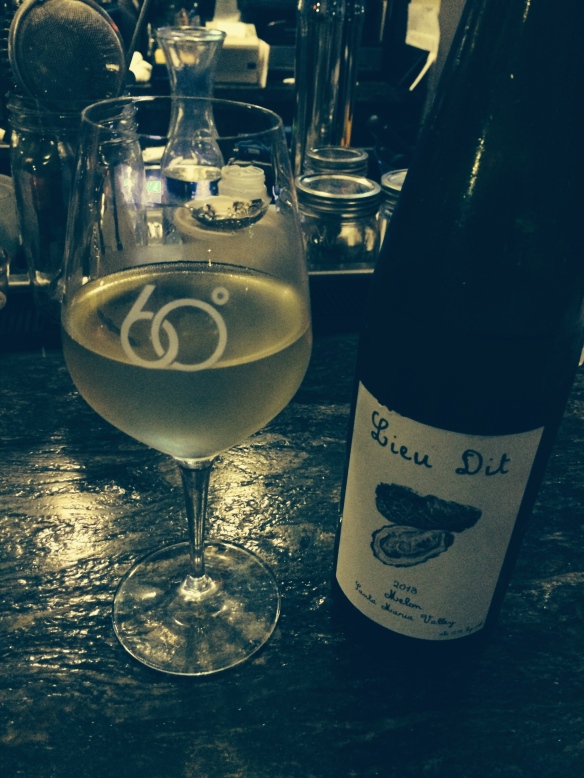

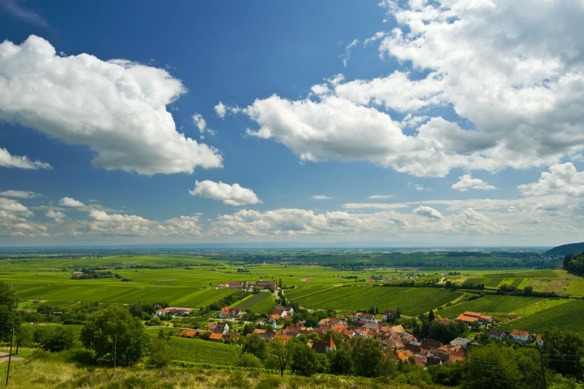
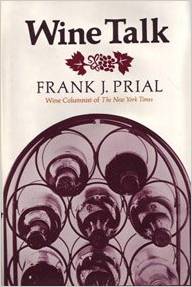
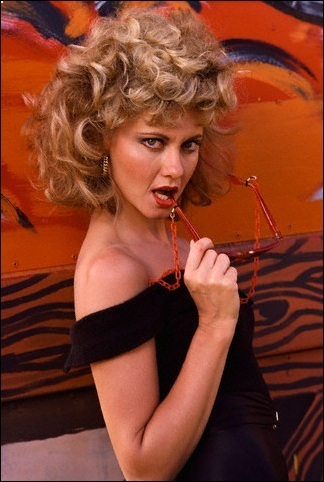

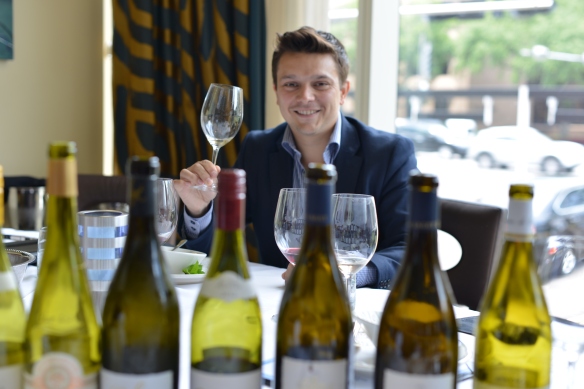

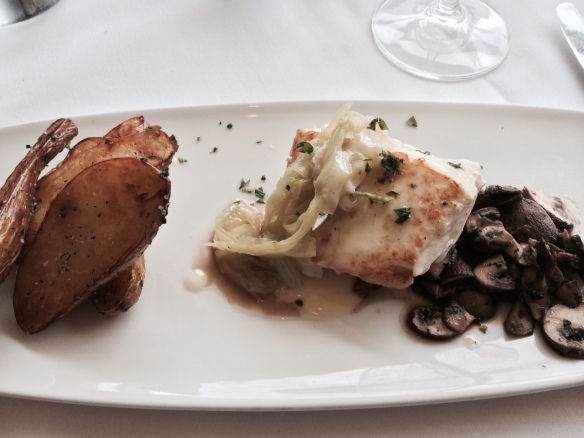
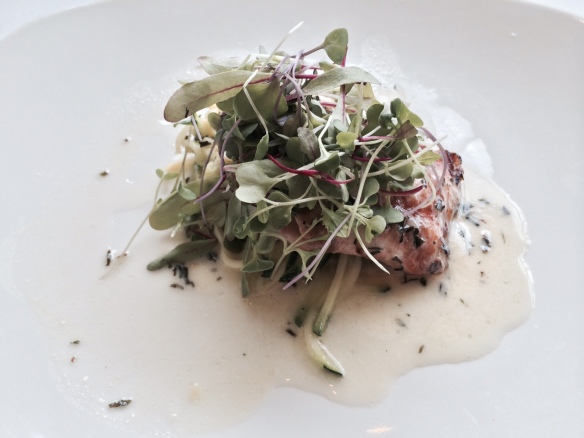






























Recent Comments